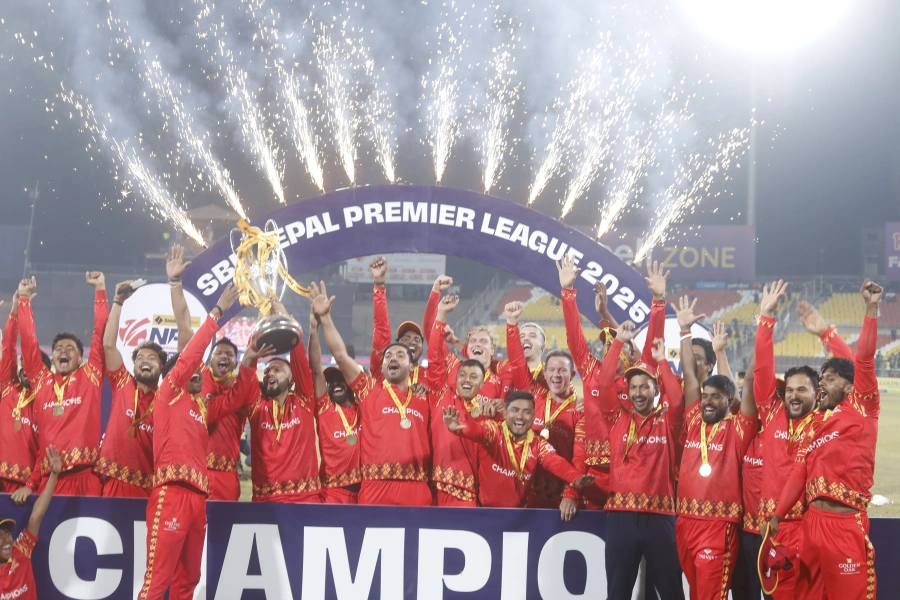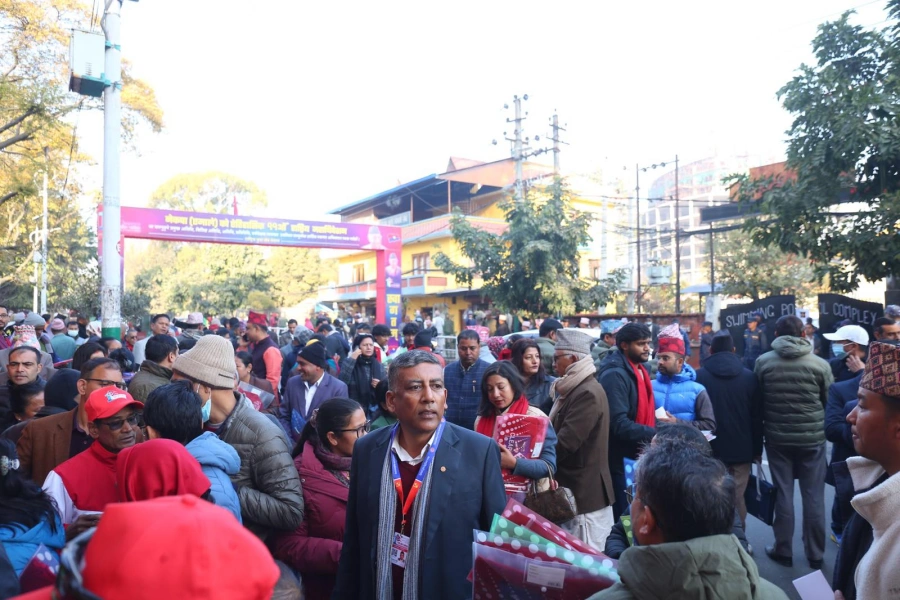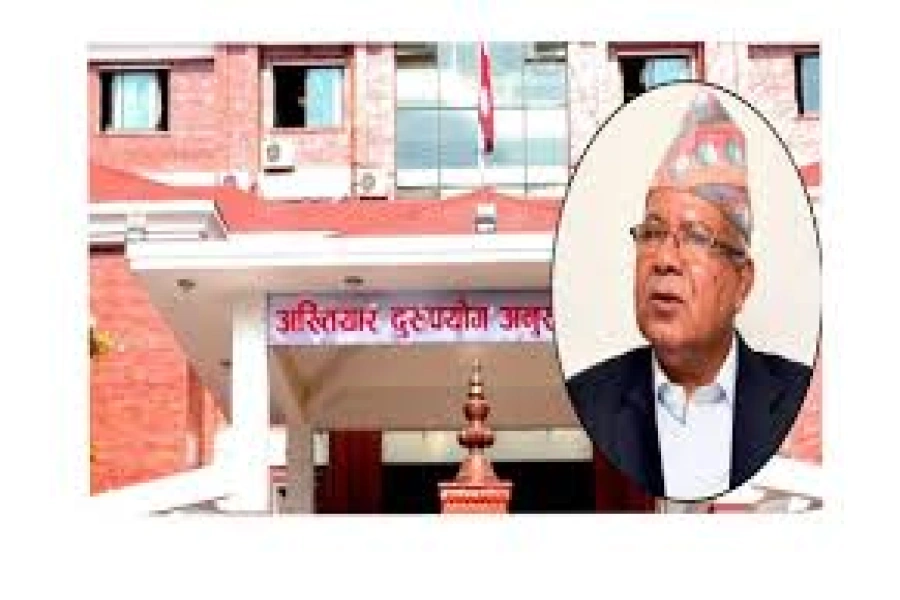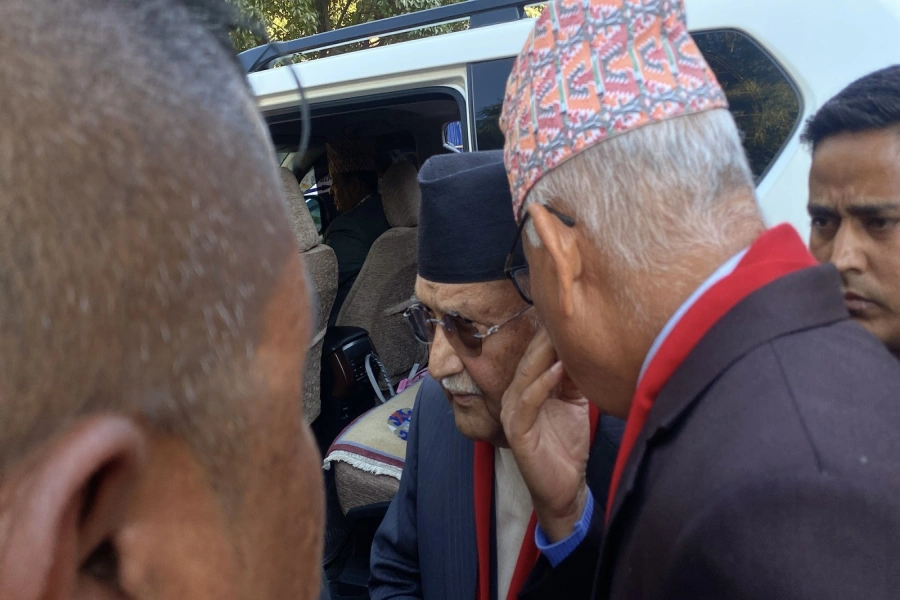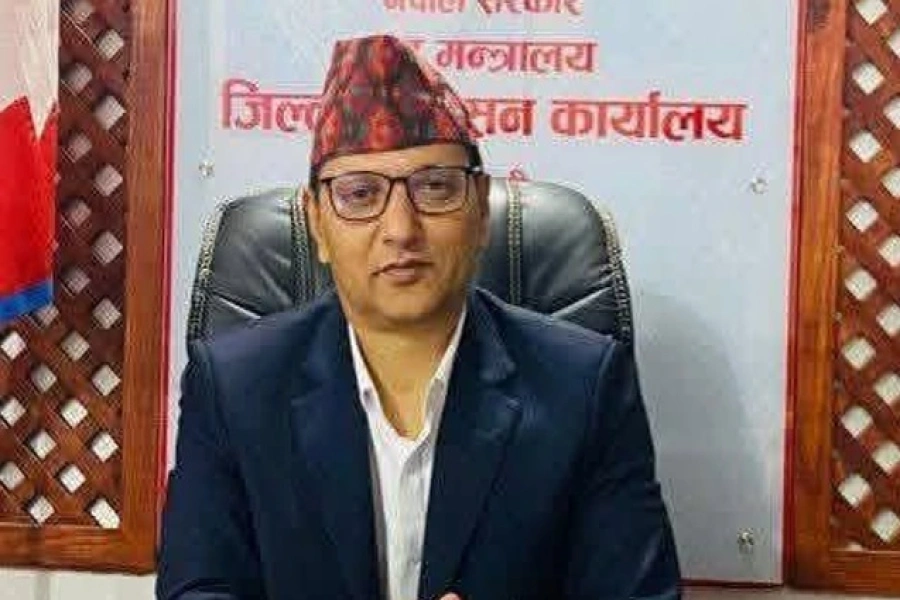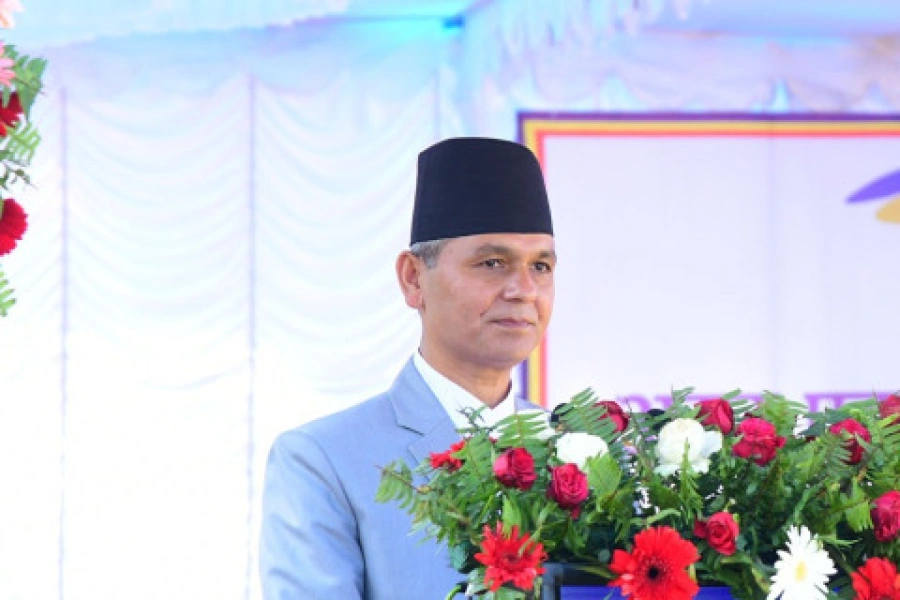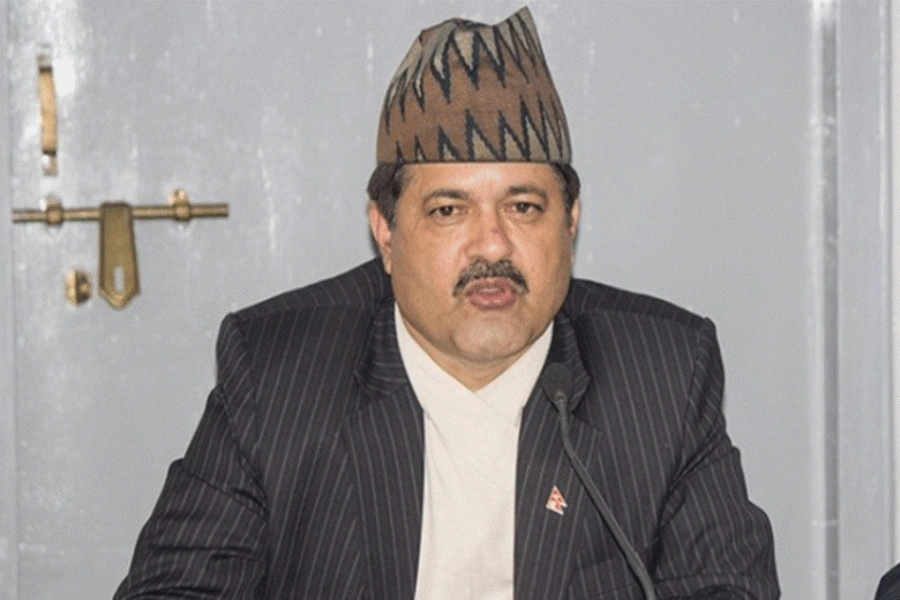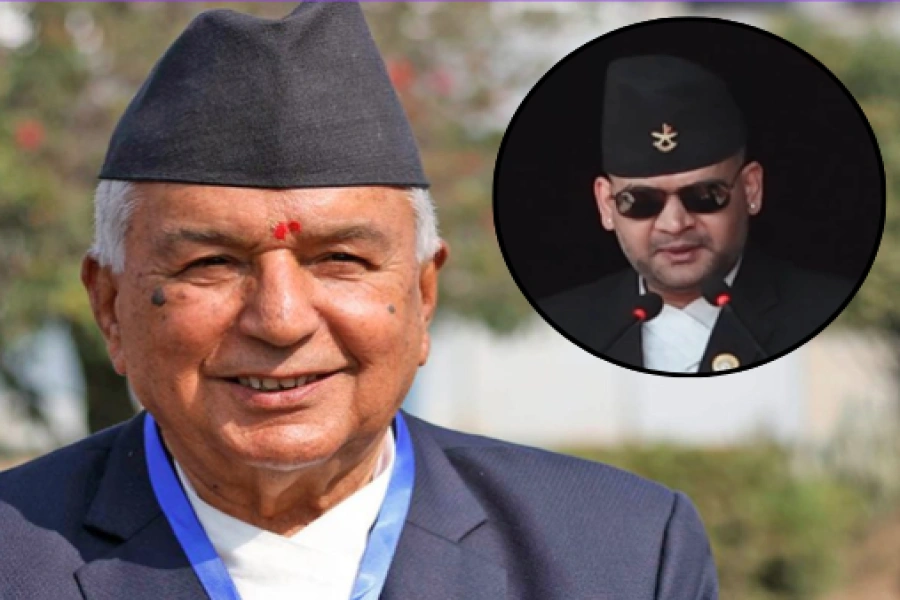Nepal’s internal politics is all about triangular fights transforming into bi-polar fights leading to a win-lose situation. When there are more than two parties involved in a dispute situation, it becomes more complicated to have a decisive win-lose situation. The outcome often involves an impasse or a prolonged transition period. However, the polarization process reduces a multi-party conflict into a bipartite one, making a possibility for a quick resolution.
A brief historical sketch
In the early 50s, politics in Nepal revolved around the ranas (de facto power) and shahs (de jure power) and Nepali Congress (revolutionary power). During those days, communists had not gained a significant position as of today. The Nepali Congress (NC), in collaboration with the then Shah King, defeated the ranas and instituted a new political order. As the ranas posed no threats, the country went into a prolonged transition or “a feasting frenzy” - resembling the “now, it is my turn to eat” attitude that we are witnessing today. This feasting frenzy ended or was put to a control after the general elections in 1959.
King, Congressis and communists
Blessing in Disguise

With the coup by King Mahendra in 1960, we had three decades of kaal ratri - the dark period - from 1960 to 1990. The political conflict basically revolved around the Shahs (supported by their henchmen, the panchas), NC and the communists. The communists were broadly divided into three variants - pro-monarchists (Rayamajhi faction), revolutionists (Mohan Bikram) and multi-party democrats (Pushpa Lal).
With the coming together of the Congressis and the communists, the King was kicked out or reduced to a constitutional monarchy in 1990. We started experiencing multi-party democracy and assumed the constitution to be “the best” in the world. The political infighting within and between the political parties, made it possible for the monarchy to make inroads into politics. A tiger, habituated to eating fresh meat and licking fresh blood, seldom prefers to remain caged.
The Maoists, monarchy and multiparty-wallahs
The arrival of the Maoist rebels, together with their ‘People’s War’ (1996 - 2006), the political conflict, once again, was reduced to a triangular fight between the monarchy, the multiparty-wallas and the Maoists. The signing of a 12-point agreement between the multiparty-wallahs and the Maoists in 2005, helped to kick out the king - something we had failed to do in 1990.
With the monarchists posing no more threats, the country went into a round of political transition (2006-2015) or a feasting frenzy. Had it not been for the April Earthquake in 2015 and the donors dangling the $4 billion carrot, we would still be busy fighting drafting the constitution. Going by the record, the current Constitution must be the most expensive, most time- and effort-consuming constitution of the world. And we are still pretending it to be the best in the world.
The Mexican stand-off
With the monarchy gone, the present day political fight is again reduced to a triangular fight between the NC, the CPN-UML and the Maoists - resembling a Mexican stand-off or a strategic balance between a snake, a frog and a scorpion. In the first general elections (2017), the electoral alliance between the CPN-UML and the Maoists, helped to reduce to some degrees a triangular conflict to a bi-polar one. The second general elections (2022), with the arrival of the new political outfits like the RSP, the triangular fight has expanded into a multi-polar fight. Currently, there are all kinds of divisive factors at work - geriatric leaders, political ideology, class, religion, region, language, gender, caste etc - you name it, it is there.
We have been observing overnight shifting of alliances and splitting of political parties. This is all because the political sedimentation and fermentation process is at work.
Recently, the unfolding of some events has sped up this process. The issue of cooperative scandal has, literally, divided the country's politics into two camps. Similarly, the government’s retaliatory action against the Chairman of Kantipur Media Group (KMG) has also polarized the media into main-stream and social media groups. This polarization is in parallel with the on-going political polarization. The issue of nagarikta or citizenship, that is central to the KMG Chairman’s arrest, may easily ignite a communal fire between Madhesis and Pahadis - a social issue with political ramifications or between Marwaris and Non-Marwaris - business sector polarization with political ramifications.
Jana Andolan III
As parties, their leaders and social groups indulge in self-incriminating, mudslinging business, it only helps to intensify the rapid political polarization process. We have entered a new phase of conflict. Some call it the “new tyranny”; others call it “authoritarianism”. I prefer to call it the “communist-led panchayat system”. If there can be Jana Andolan I and Jana Andolan II, there is also the possibility of Jana Andolan III.







